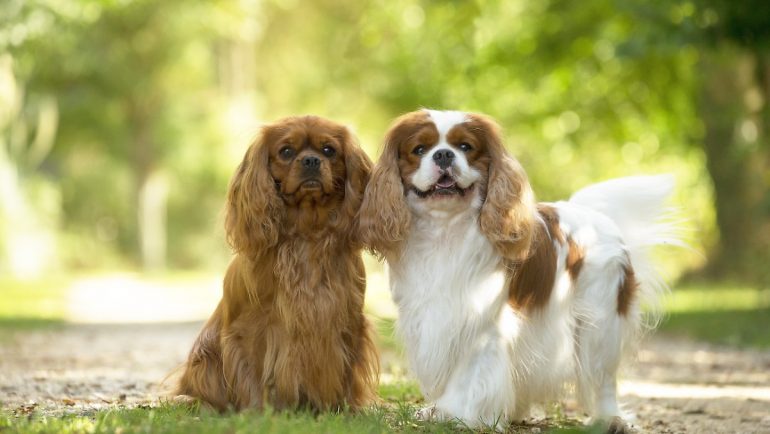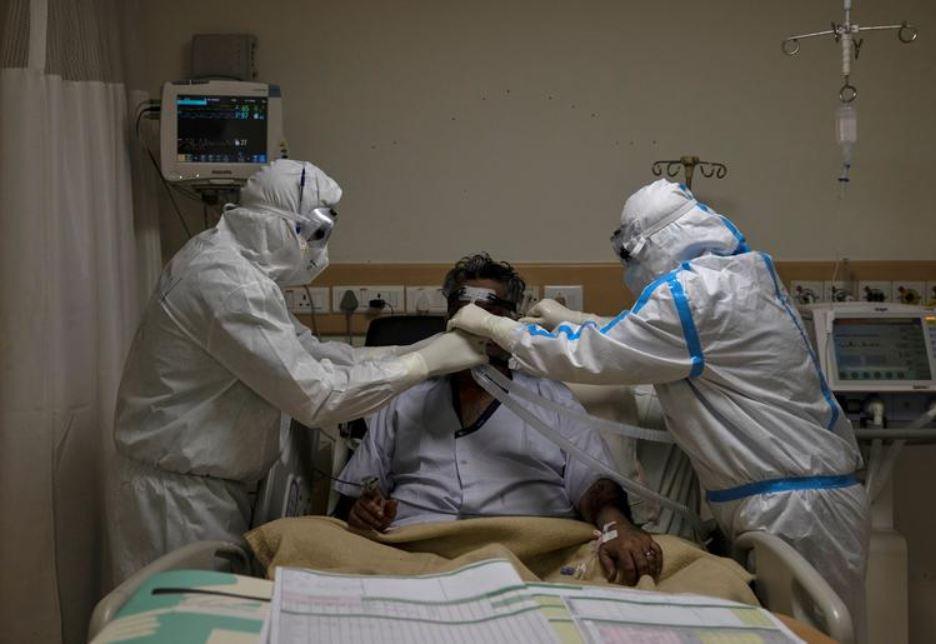Sunday, September 5, 2021
Disease risk in breeding breeds
For some dogs, being beautiful means suffering
The increasingly extreme ideal of grooming is increasingly causing health problems in breeding dogs. Researchers are studying the relationship between breeding practices and the genetic heritage of individual breeds. Consequence: A breed has a particularly high risk of disease.
Fluffy floppy ears, a loyal look – and a particular propensity for genetic diseases: The Cavalier King Charles Spaniel wears one Study by Uppsala University (Sweden) tend to have more disease-causing gene mutations in their own right than other dog breeds and thus an increased risk of a certain heart disease, for example. In the journal “PLOS Genetics,” scientists attribute this to the animal’s breeding history.
In fact, the controlled breeding of the past 300 years has not only produced a wide variety of dog breeds: in some cases, increasingly extreme ideals of grooming have led to massive health problems. A well-known example is the pug, who for a long time must appear to be particularly flat-nosed and with puffy eyes. As a result, many pugs suffer from breathing and corneal problems, and in some specimens one eye may even collapse.
In the case of other breeds, the breeding sequences are not directly apparent. However, in many cases, inbreeding has led to an increasing number of genetic diseases that they have inherited. A research group led by Swedish evolutionary geneticist Erik Axelsen has now properly examined this relationship between breeding practices and genetic inheritance. The scientists sequenced the genomes of 20 dogs from eight common breeds, including Beagles, German Shepherds and Golden Retrievers.
RESULTS: The Cavalier King Charles Spaniel had a higher number of disease-causing gene variants than the other breeds examined. Among other things, the breed is susceptible to so-called myxomatous mitral valve disease, a form of heart failure in dogs. The study’s authors attribute this to the breed’s deep and long history, which probably goes back at least a thousand years.
royal ancestor
Written mention can be found in 500-year-old records from Great Britain. Small spaniels are direct descendants of dogs of the British aristocracy, King Charles I (1600-1649) also let his four-legged friends in a painting next to his children In the centuries that followed, the animals were bred to have short noses and round heads, through crossbreeding with breeds such as the pug, to make them look particularly cute.
This changed in the 1920s. At that time, American American Roswell Aldridge, who lived in London, went in search of specimens that were closer to the older type of long-nosed spaniel, as can be seen in historical paintings. Aldridge called for an annual competition, with the most famous and multiple winners being the male “Ans Son”. The animal is believed to be the ancestor of the breed that was revived in this way.
Overall, according to the authors of the current study, there have always been constraints in the breeding history of spaniels, with only a small percentage of the population passing their genes on to the next generation. Those deficiencies may have caused the deleterious gene to appear more abundant in the Cavalier King Charles Spaniel’s genome before the dog was recognized as a breed in 1945.

Introvert. Proud beer specialist. Coffee geek. Typical thinker. Pop culture trailblazer. Music practitioner. Explorer.





